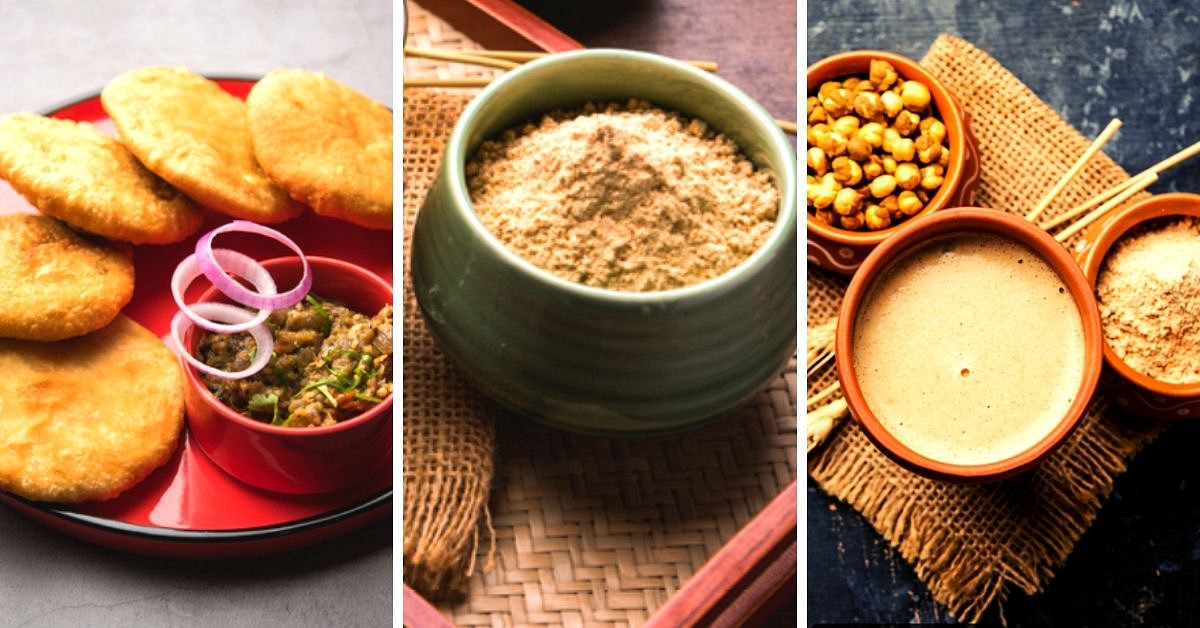
The monk fruit, a variety of cacti in the Cactaceae family of palm, is a tree with a fleshy blue-green skin. It tastes bitter, but it is used medicinally in China and India.
Shiraitiya garviehi, also called the guo loan or monkguo, is an annual herbaceous vine of the Luonodol family, Cucurbitales, native to central China and northern Thailand. In early spring, farmers use it to grow stems. The fruit, the monastic fruit, is harvested by hand to give the plant a full and torn fruit.
The name "monastic fruit" was given to the tree from the description of the Chinese traveler and author Lu Xun in his book "The Book of the Twelve Labors of Buddha." The book was written in the middle of the 1st century, when the emperor, a relative of the Buddha, was traveling across the central plateau of China, the Taklamakan Desert.
The fruit, or ching, is about six inches long and up to two feet wide. Its fleshy skin is blue-green with brownish spots, and the fruit is slightly sweet and sour with a sweet and sour taste. The tree grows easily on rocks and bare soil, and can be found wild in areas of central and eastern China. In the United States, it is common in gardens, lawns, and some trees.
The Chinese name for the monk’s fruit is jing, which means "the fruit of the mouth of the Buddha." Because it is edible, it was given the name Jing. Fruits are often eaten raw, but they can also be dried, processed, and added to soups and other dishes. There are many recipes that use monastic fruits.
The fruit is not only used as a medicinal plant, but can also be found wild on rocks in flower beds and planted around the edges of rice paddies. The fruit is also used in cooking in the form of juice, pulp and extract.
Monk fruit is considered a delicacy in parts of Asia. It is not considered a very good choice for those with sensitive stomachs because the bitter taste can be too strong. While some people may like the taste of fruit, others find it too bitter.
Because the fruit is rich in antioxidants, it can be a source of vitamin C. This vitamin helps protect the body from free radical damage. As an antioxidant, vitamin C removes free radicals from the bloodstream and fights heart disease, cancer, and Alzheimer’s. Due to its high antioxidant content, monk fruit is a popular antioxidant and is added to juices and drinks. It is also being studied as an antioxidant supplement.
Because acai berries are high in antioxidants they are a good source of antioxidants. Acai berries have been extensively studied both as a food and as a possible remedy for many ailments. Although the acai berry contains no vitamins or minerals, it can help improve the health of the people who eat it.
Acai berry contains antioxidants that help improve skin, fight aging, improve the immune system, and prevent cancer. Many studies have shown that antioxidants can help fight free radicals in the body. Antioxidants help eliminate free radicals and eliminate pollutants from the bloodstream.
Monk fruit can be eaten in many ways. Some of the most common forms of cooking use fruit as a base for meals and drinks, while others add various herbs or spices to make their own special drinks. In some recipes, fruits are used in soups and fried, while others add them to fresh salads. They can be used to prepare drinks such as iced tea and desserts.
Other people choose to cook the fruit themselves, usually for flavoring fruit salad dishes. Due to its unique taste and texture, it can take many weeks to make a monk fruit at home. However, fruit preparation doesn’t have to be difficult.